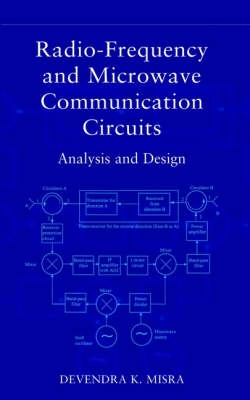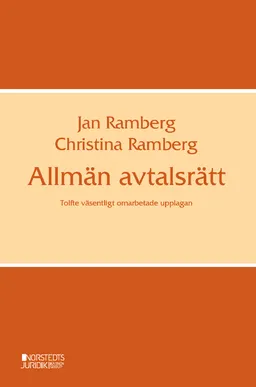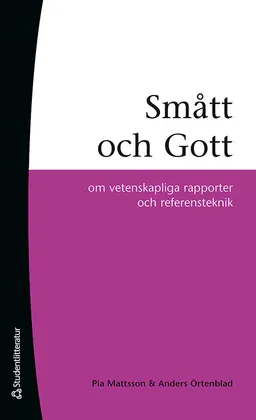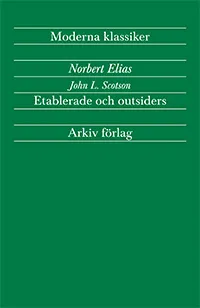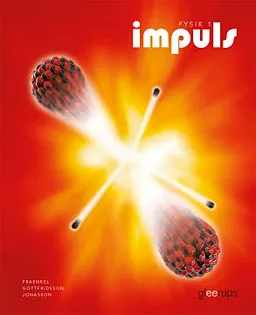A unique and accessible treatment of the design and analysis of radio-frequency and microwave circuits in modern communications systems Though also used in the areas of telemetry, remote monitoring, and remote process controls, radio-frequency and microwave circuits are primarily used in the rapidly expanding wireless industry. Therefore, this volume takes a unique, top-down approach that considers circuits in the broad context of communications systems, making it ideal for students or engineers moving into the high-tech wireless field. The author provides a detailed introduction to RF and microwave using real-world devices, examples, and engineering problems to illustrate this state-of-the-art technology. Unlike other introductory books on the subject, this volume builds upon a background of basic circuitry and does not require prior in-depth knowledge of electromagnetic fields. The author provides a comprehensive overview of frequency bands, RF and microwave devices, and applications, before moving on to more specific aspects, such as: • Communications systems: terrestrial and satellite systems, wireless services, antenna terminology, Friis transmission formula, radar equations, and Doppler radar • Concepts of network parameters: impedance, admittance, hybrid, transmission, and scattering • Oscillator design: major oscillator designs, PLL and frequency synthesizers, and transistor oscillators using s-parameters and 3-port s-parameters • Detectors and mixers: AM and FM signal characteristics and detection schemes, single diode, FET, and double-balanced mixers, RF detectors, conversion loss, and intermodulation distortion in diode ring mixers Extensive appendices include logarithmic units, design equations for selected transmission lines, and a list of useful abbreviations. The author provides 130 solved examples with step-by-step explanations and nearly 200 class-tested problems, which allow easy study and quick reference. A comprehensive introduction for students and an up-to-date reference source for practitioners, Radio-Frequency and Microwave Communication Circuits: Analysis and Design provides total coverage of this fast-growing and vital technology.
Åtkomstkoder och digitalt tilläggsmaterial garanteras inte med begagnade böcker
